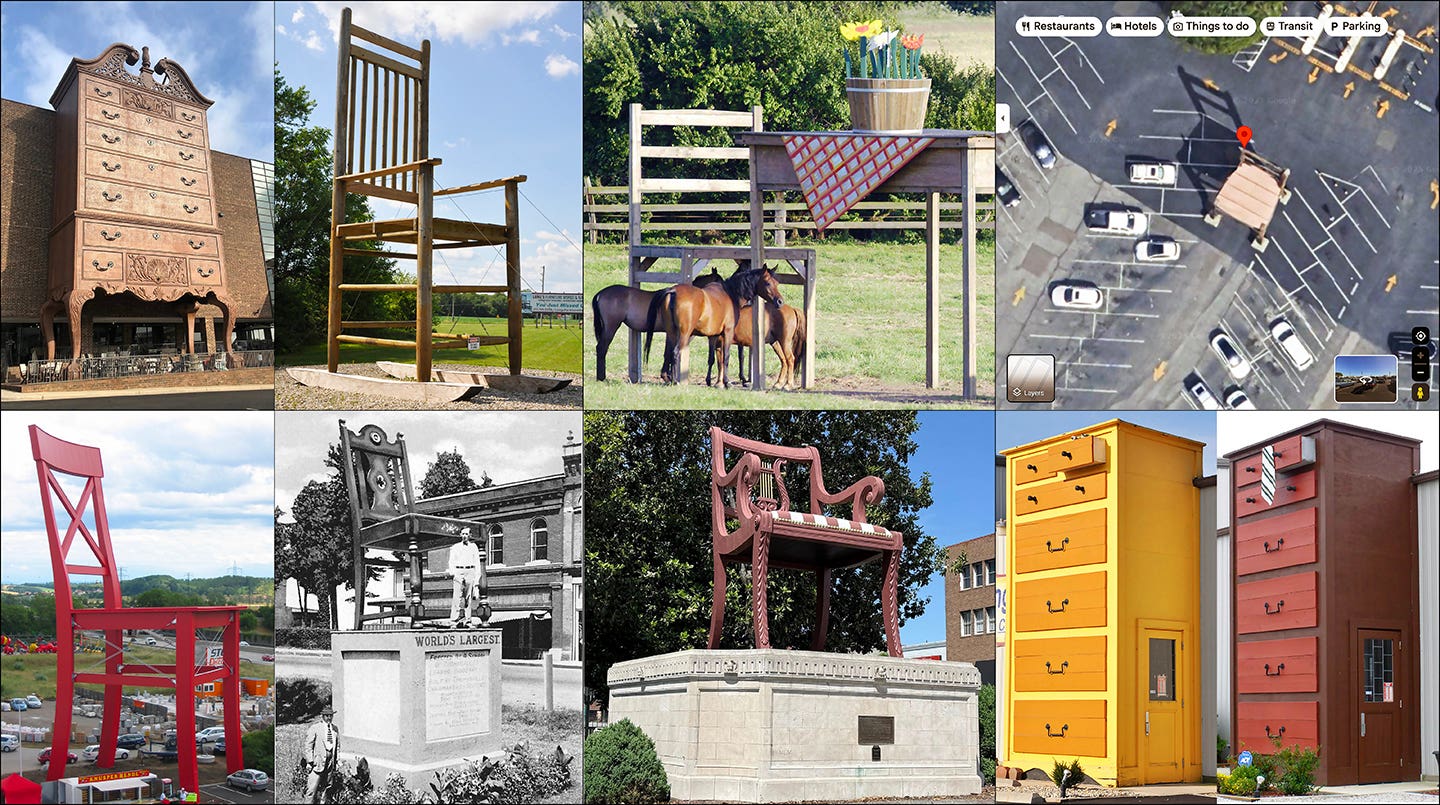Backward planning
Creating plans for a completed project is easy. Doing it the other way around – for me – is harder.
Creating plans for a completed project is easy. Doing it the other way around – for me – is harder.
For a current project article, I’m designing a simple doll cradle. My editor provided photos of an antique cradle as a general guide for the new project, but I’m free to make my own design.
That’s easy. I’ll study the photos, decide on dimensions, and then make the project. As always, I’ll tweak and adjust as I go to come up with the design I like best. But there was a catch with this assignment: Because of deadlines, the art department needed the project drawings right away – before I actually made it. This is 100 percent backward from the way I usually work.
Sure, when designing I start with rough sketches and some pretty hard numbers if a piece has to be a particular length or height, and stick rigidly to those. But for the appearance I tend to design on-the-fly. Likewise, if I create a pattern for some shaped component I generally stick to that, but sometimes that can change, too. Once, I was perfectly happy with a pattern I’d created, but a blemish in the wood didn’t work with the pattern. Rather than go out and buy a new piece, I adjusted the shape of the pattern slightly to avoid the blemish. Problem solved, but I had to redo the resulting pattern.
In this case, I created everything on paper first, scanned it and sent the digital files on to the art department. As it’s turning out, most of what I put on paper is working fine, but when I’m finished there will be a few things on the completed piece that just won’t match the plans.
Fortunately, my editor and the art department are very adept at using one of the greatest woodworking tools ever made: Photoshop.
A.J. Hamler is the former editor of Woodshop News and Woodcraft Magazine. He's currently a freelance woodworking writer/editor, which is another way of stating self-employed. When he's not writing or in the shop, he enjoys science fiction, gourmet cooking and Civil War reenacting, but not at the same time.







